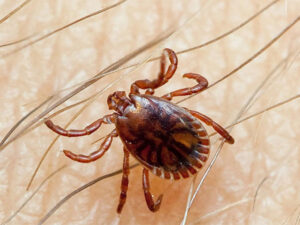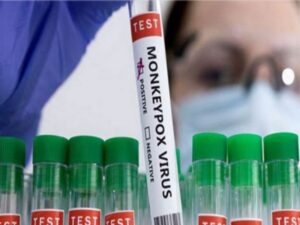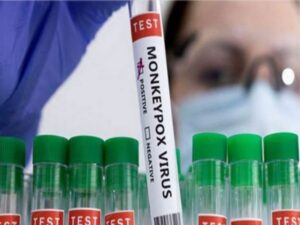Washington [US], May 5 (ANI): According to an international team of experts, additional cholesterol-lowering drugs should be offered to patients with “bad” cholesterol (LDL) levels (70 mg/dl or more) and those at high risk of heart disease. The findings of the research were published in the journal ‘The BMJ’.
The drugs assessed by the panel are ezetimibe and PCSK9 inhibitors. They work by reducing the absorption of cholesterol from foods and the production of cholesterol in the body. The recommendations apply to adults already taking the maximum dose of statins or those who are intolerant to statins and are part of The BMJ’s ‘Rapid Recommendations’ initiative – to produce rapid and trustworthy guidance based on new evidence to help doctors make better decisions with their patients.
The panel considered the balance of benefits against the burdens and potential harms of starting a new drug according to patients’ level of risk, values and preferences, and their advice represents a shift from the traditional focus on lowering cholesterol levels to a focus on reducing an individual’s overall cardiovascular risk.
New evidence from 14 trials involving 83,660 patients shows that ezetimibe and PCSK9 inhibitors probably reduce heart attacks and strokes in patients with very high and high cardiovascular risk, but not in patients with moderate and low cardiovascular risk.
These relative benefits were consistent, but their absolute magnitude varied based on cardiovascular risk in individual patients (for example, for 1000 people treated with PCSK9 inhibitors in addition to statins over five years, benefits ranged from 2 fewer strokes in the lowest risk to 21 fewer in the highest risk). No important side events were found, although PCSK9 inhibitors require injections that sometimes result in injection site reactions, which the experts say is a burden and harm that may matter to patients.
PCSK9 inhibitors are also more expensive than PCSK9 inhibitors. As such, the panel favours ezetimibe over PCSK9 inhibitors, but says “both would provide important benefits for adults in the high and very high-risk group, but would be of little benefit for adults in the low-risk group.” (ANI)



















